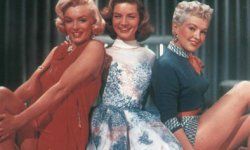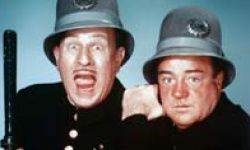Before rock 'n' roll, a popular type of music in England in the 1950s was skiffle, a type of folk music with a jazz and blues influence played on washboards, jugs, kazoos, and cigar-box fiddles. It was so big at the time that a washboard player named Chas McDevitt tried to protect his career by insuring his fingers for $9,300. It didn't do him much good because skiffle was replaced by rock 'n' roll, washboards by washing machines, and McDevitt by McCartney.
CONTRIBUTING WRITERS:
Helen Davies, Marjorie Dorfman, Mary Fons, Deborah Hawkins, Martin Hintz, Linnea Lundgren, David Priess, Julia Clark Robinson, Paul Seaburn, Heidi Stevens, and Steve Theunissen




